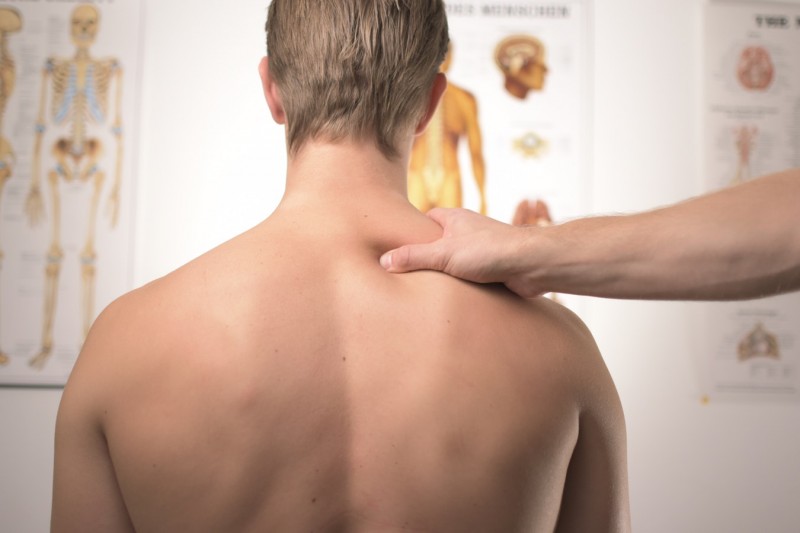
Back pain can be a debilitating and frustrating impediment to a normal, active life, and can severely restrict your range of activities, including your ability to work. Though you can damage the muscles of your back in a number of ways, including physical activity – people who are overweight or sedentary are more susceptible to back problems because the muscles in this region do need to be utilised to stay in top condition.
Though traditional medication has an array of options for back pain sufferers, its unwanted and unknown side effects are often enough to persuade people to seek alternative treatments. Acupuncture is a popular treatment for a range of back and neck ailments, and it offers tangible benefits for many sufferers.
What is Acupuncture?
Acupuncture has its origins in traditional Chinese and Eastern medicine and is still closely associated with that tradition. Central to the discipline is the concept of energy balance, which the procedure aims to stimulate and regulate. A Western viewpoint would see this as stimulation of the nerves, muscles and connective tissue of the body to boost the immune system and lead to increased blood flow.
What Happens During Treatment?
During an acupuncture session, the acupuncturist evaluates the patient first using a variety of methods, including analysis of the pulse, tongue, body as well as reviewing the record of the patient's general health. The acupuncturist will then decide where to place the needles, which are very thin and cause minimal discomfort on insertion.
The needles can be placed on the site of the injury—termed local treatment, or on other parts of the body—termed distal treatment. The needles are then inserted into the skin, targeting the meridians or energy lines of the body. Next, these are manipulated by hand or via electro-stimulation to alter the flow of energy through the affected area. This is intended to adjust the energy flow and alleviate the particular condition or ailment affecting the individual.
How Can Acupuncture Help Back Pain?
One of acupuncture's primary benefits is its ability to aid the body's healing mechanisms while limiting the amount of pain it experiences. Countless studies have shown that back pain sufferers who have undergone acupuncture had less need for medication than those who had not undergone this form of treatment.
What Acupuncture Points Are Targeted for Treating Back Pain?
There are hundreds of acupuncture points spread out throughout the body, each corresponding to specific tissues and organs. Since acupuncture follows the holistic healing principles of Traditional Chinese Medicine (TCM), the acupuncturist focuses not only on the acupoints on the back but also on others that affect the function of the back muscles.
During a back treatment, the acupuncturist inserts the needles into the following acupoints:
- Sea of Energy point (CV6) is located two fingers under the navel. Stimulating this acupoint strengthens the stomach, abdomen and lumbar.
- Sea of Vitality points (B23 and B47) are measured two fingers width from the spine on the waistline. These vital points are responsible for the health of the stomach and kidneys, which directly affect the state of the lower back. Healthy kidneys result in a strong lower back.
- The gallbladder point (GB30) is located between the top of the hipbone and lower muscles in the buttocks. Stimulating this point treats lower back pain and sciatica and helps improve mobility.
- The knee points (B54) are located at the back of the knees. Working on these acupoints relieves stiffness, lower back pain and hip pain.
- The Liver 3 point (LV3) is located in the depression between the big toe and the second toe. It is responsible for the movement of Qi and blood throughout the body. Stimulating it treats lower back pain, numbness and leg pain.
- The hand acupoint (4GI) between the joint of the thumb and index finger is used for relieving shoulder and neck pain.
- The kidney point (KD3) is located between the ankle bone and Achilles tendon. Stimulating this acupuncture point improves the flow of energy in the kidney and relieves back pain.
If you are considering acupuncture as a therapy for your back pain, ensure that you consult a trained and qualified acupuncturist. You can also check out how much an acupuncture session costs.
Find out about other effective natural back pain treatments on the Natural Therapy Pages.
|
Do you have a natural health & wellness business? |









